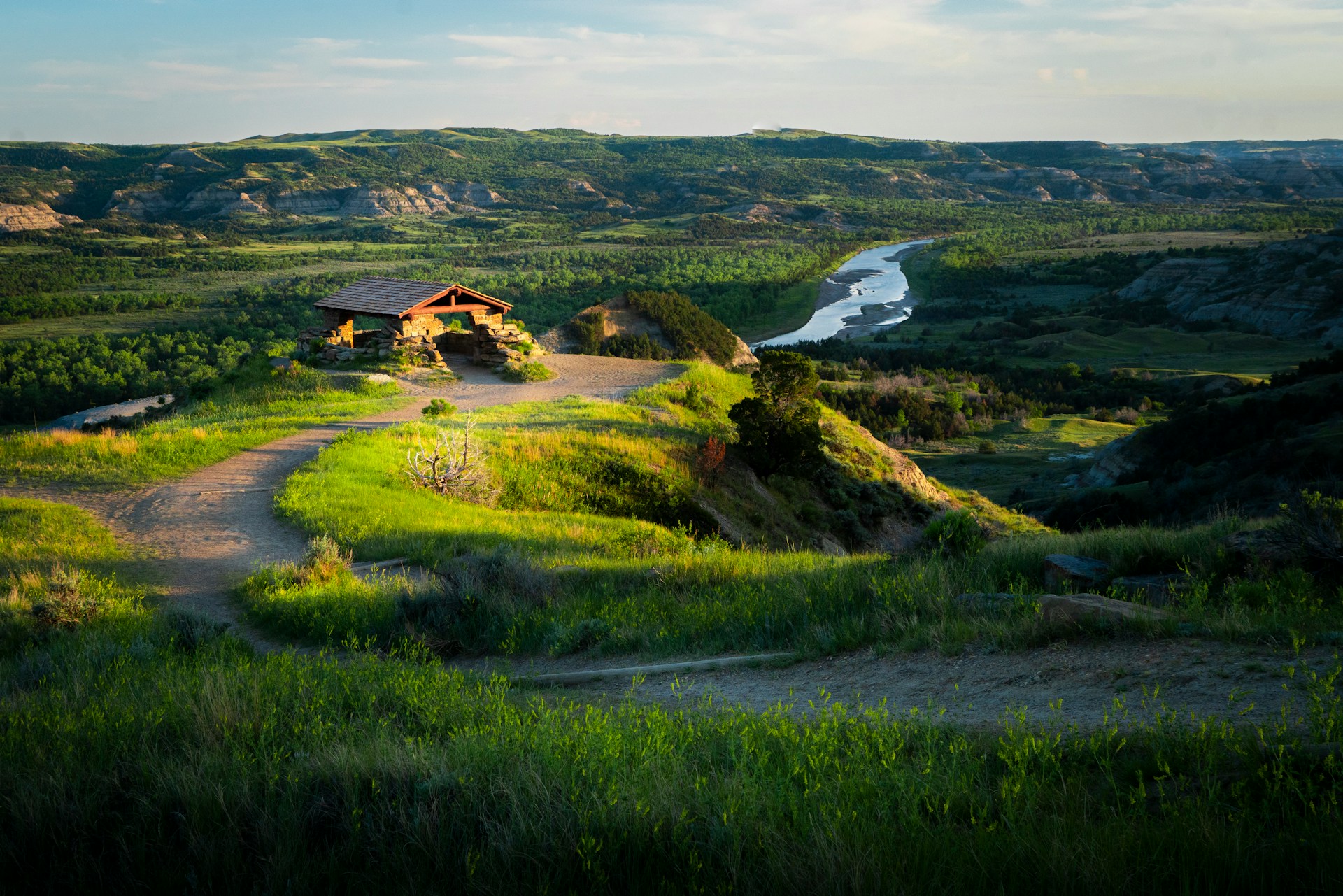Across the American map, some states quietly hold advantages that would matter if modern systems snapped. Abundant farmland, strong water sources, spare population, and practical skills tilt survival odds more than fantasy bunkers. Looking at geography, infrastructure, and local culture together reveals where resilience already lives in daily routines and habits. It is less about fear than about which places already know how to keep people fed, warm, and connected when the usual shortcuts vanish. Here are the states built to absorb real shocks.
Alaska
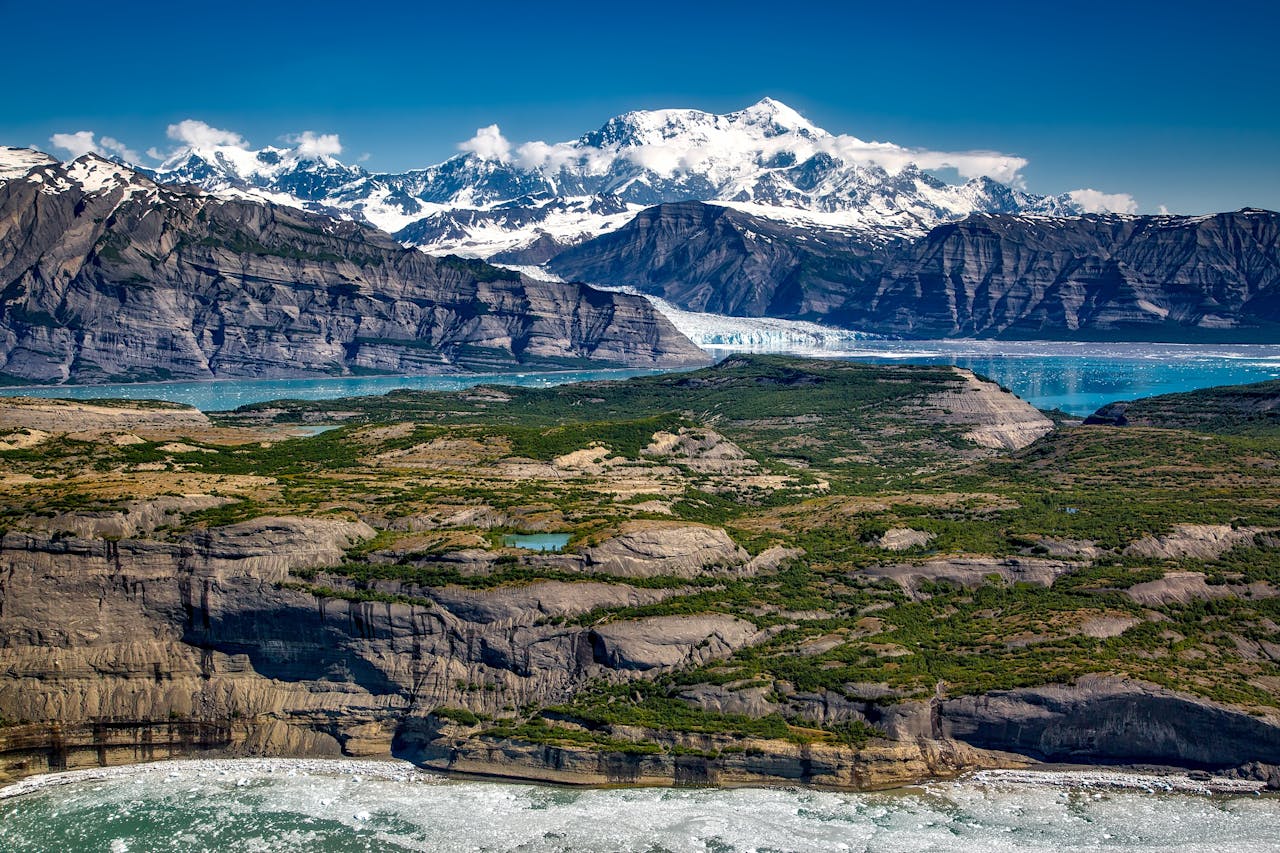
Alaska pairs vast wilderness with low population density, cold hardened communities, and abundant freshwater, fish, and game. Many residents already heat with wood, store fuel, repair gear, and navigate brutal winters without waiting on quick help. Local knowledge of trapping, bush flights, and off grid living turns isolation into insulation. In a long emergency, that mix of space, resources, and practiced self reliance becomes a serious structural advantage.
Idaho
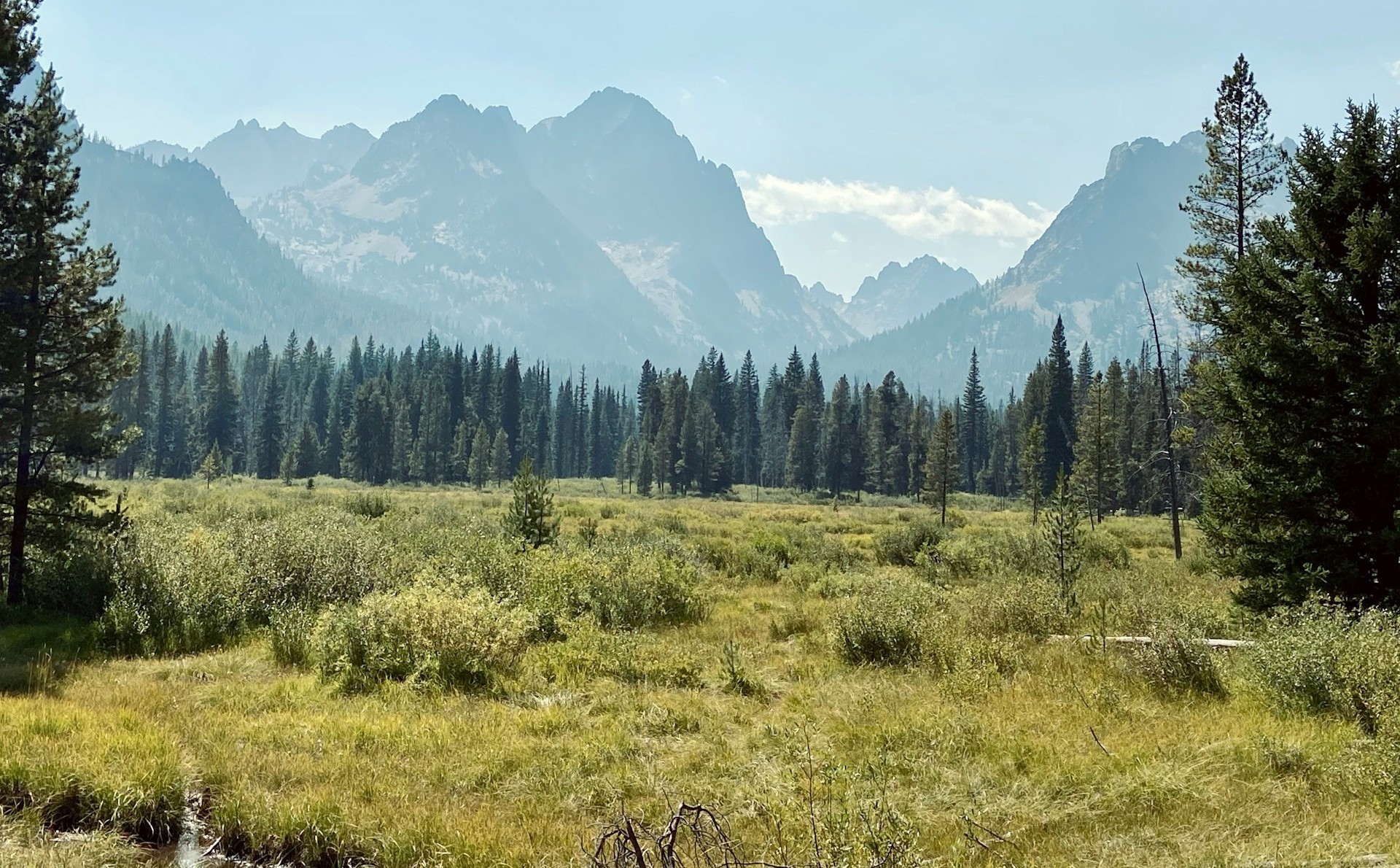
Idaho’s strengths sit in fertile valleys, mountain cover, and a culture comfortable with canning jars, tools, and long winters. Productive farms, reservoirs, and forests support food, fuel, and shelter close to home. Smaller cities mean less strain on supplies, while outdoor skills like hunting, irrigation, and mechanical repair remain widespread. In a prolonged disruption, Idaho’s mix of resources and realism gives communities room to adapt without immediate collapse.
Montana
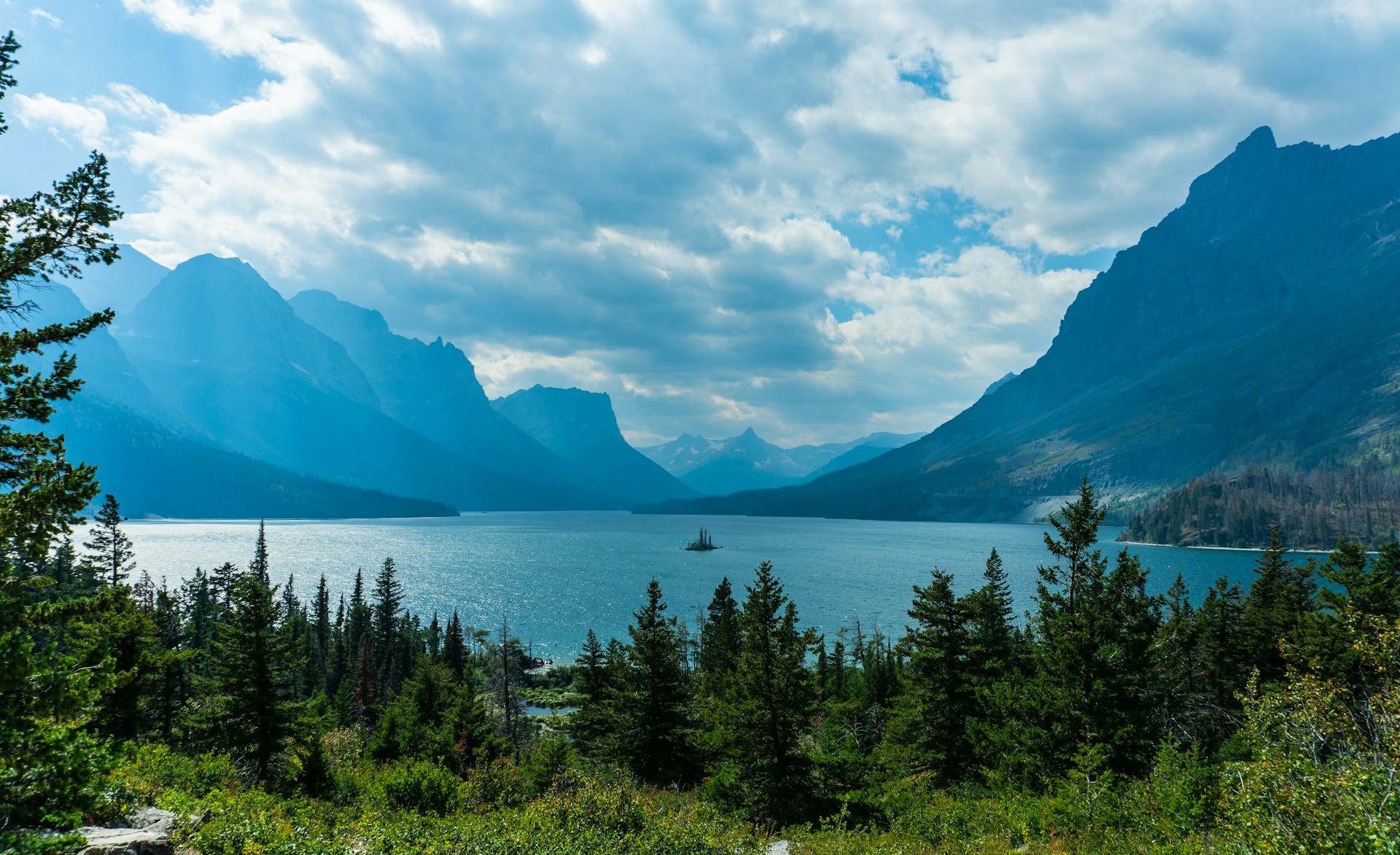
Montana stretches from grain fields to high country, with cold rivers and sparse populations easing pressure on roads and fragile grids. Many households already manage wood heat, livestock, and long snowbound seasons, so stored feed and fuel feel normal, not extreme. Rail lines and local agriculture keep calories moving even if imports fade. The state’s land to people ratio offers breathing room and fallback options rare in dense coastal regions.
Wyoming
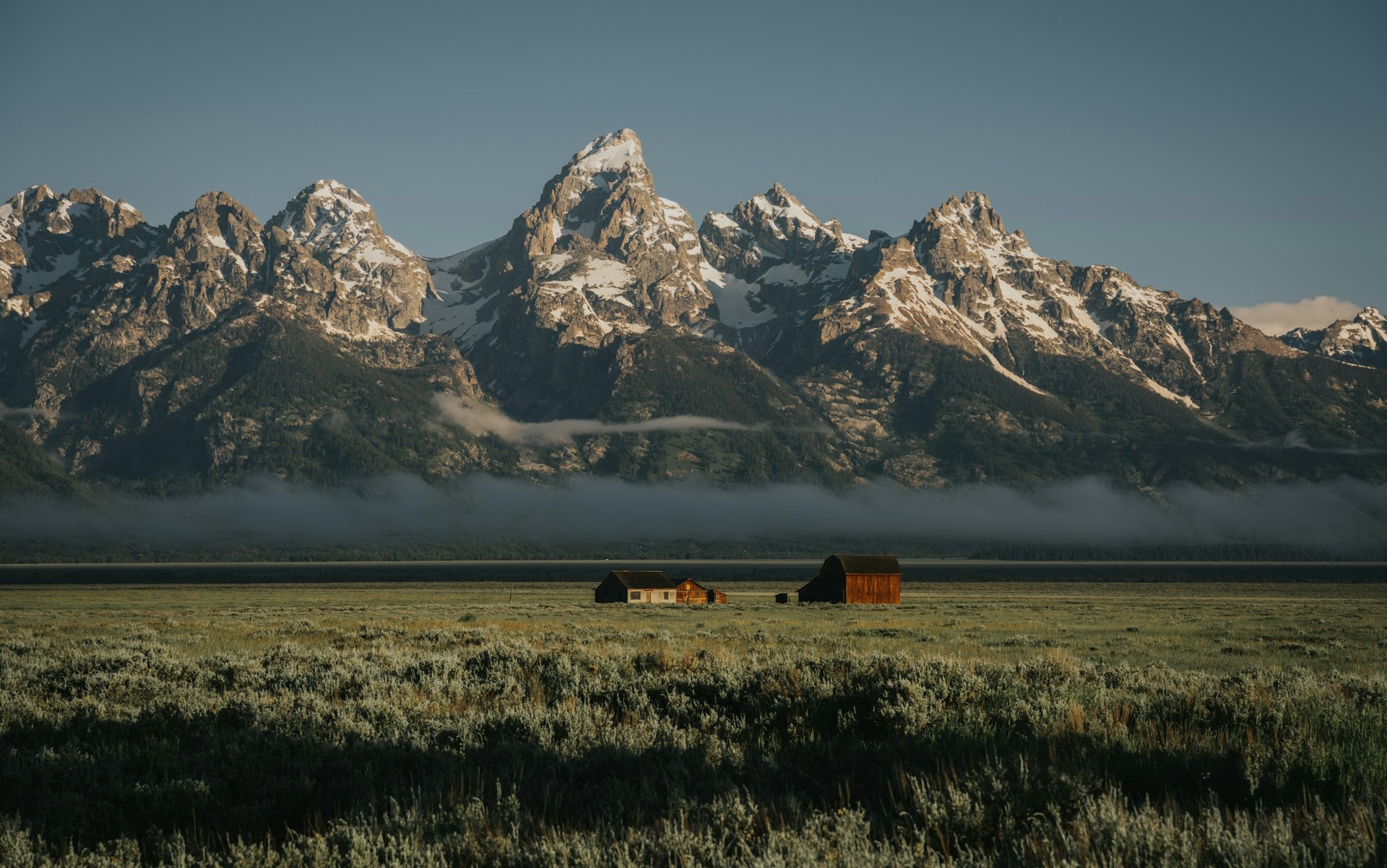
Wyoming combines ranch land, coal and gas fields, wind farms, and a small population that already lives far from crowded hubs. Residents handle blizzards, highway closures, and livestock care with practical discipline, building habits that translate well when supply chains thin. Open space allows flexible homesteads and grazing, while strong equipment skills support local repair. In crisis, Wyoming’s energy depth and low density buy time and leverage.
Oregon
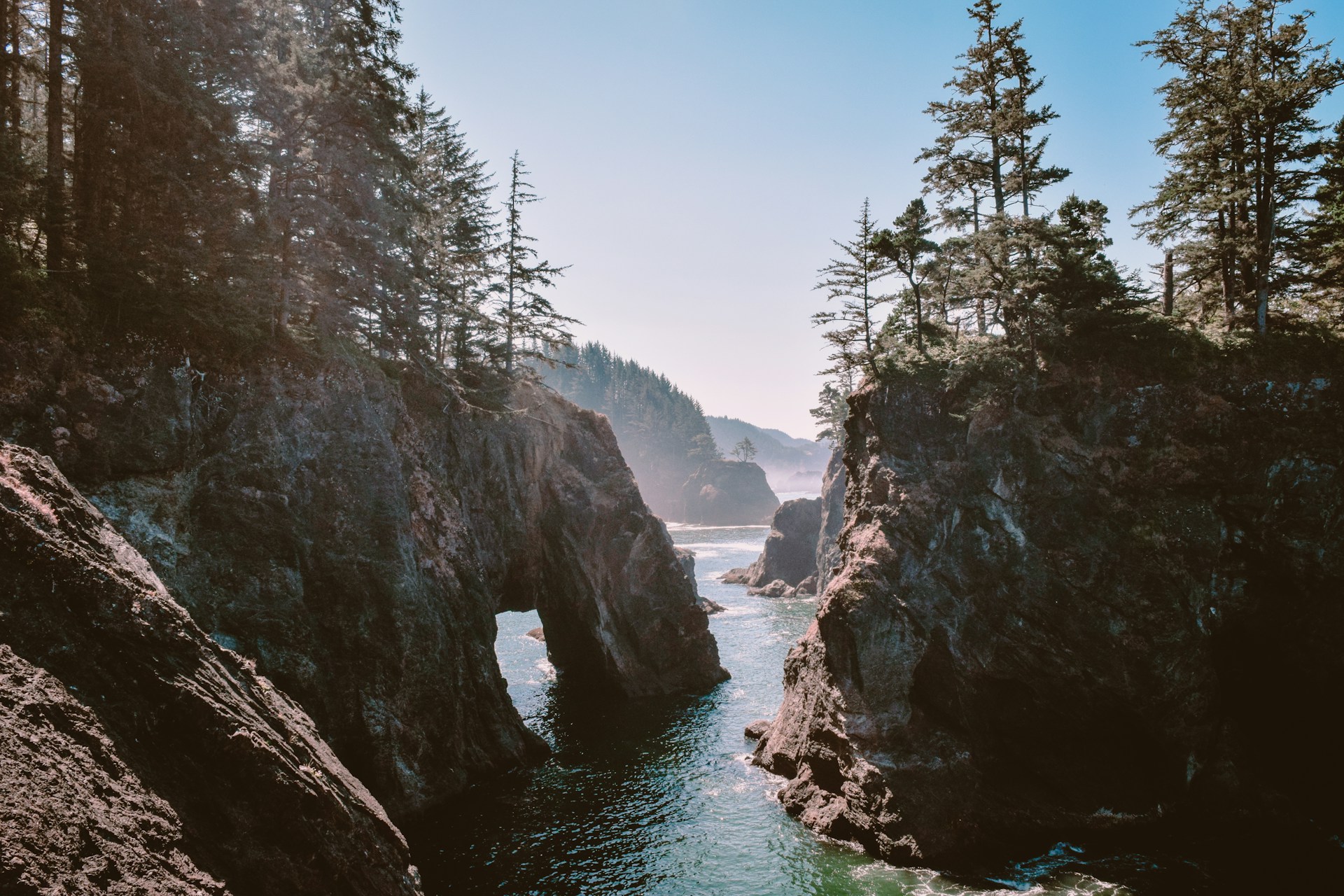
Oregon’s resilience comes from variety: coastal fisheries, fertile Willamette farms, dense forests, and hydro rich rivers inside one border. Many smaller communities already lean on local produce, wood heat, and rain catch systems. Mountain ranges and rugged shoreline create natural choke points that moderate movement and buying frenzies. When larger networks strain, Oregon’s layered food and energy sources help keep towns functioning with less outside rescue.
Washington

Washington pairs major hydroelectric dams with orchards, wheat fields, fisheries, and timber, giving it strong energy and food bases. Outside dense corridors, towns sit close to rivers, forests, and farmland, able to lean on regional supplies when distant hubs falter. Port access and rail lines offer options if trade patterns twist. Residents accustomed to storms, fires, and quakes tend to respect planning, drills, stocked pantries, and neighborhood support.
Utah
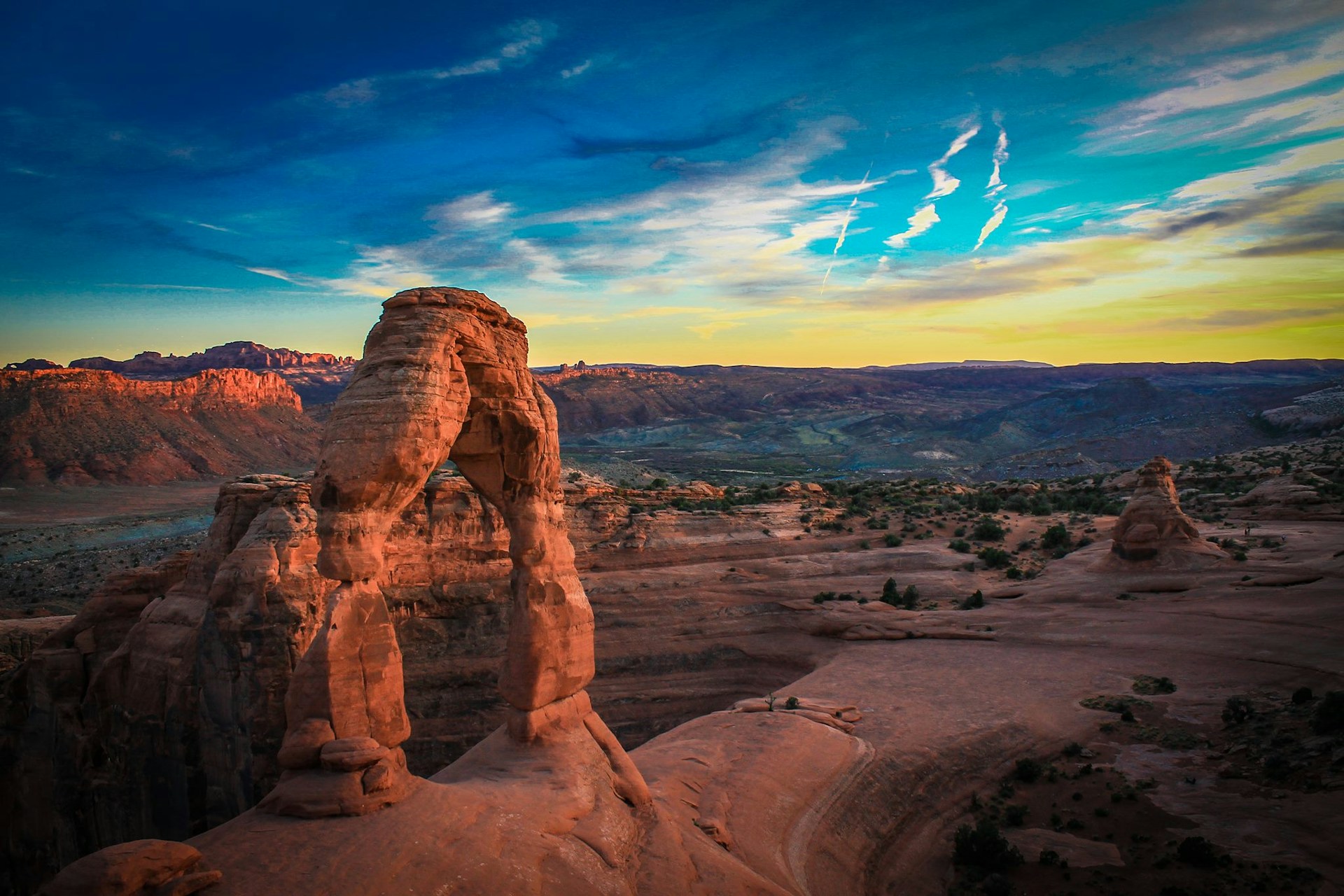
Utah carries a long tradition of household food storage, church based welfare, and organized emergency planning that functions like built in redundancy. Reservoirs, mountain snowpack, and solar growth help stretch water and power across an arid landscape. Rugged canyons and ranges create natural buffers and microclimates. When pressure mounts, many communities already have checklists, supplies, and communication networks in place rather than improvising from scratch.
Colorado
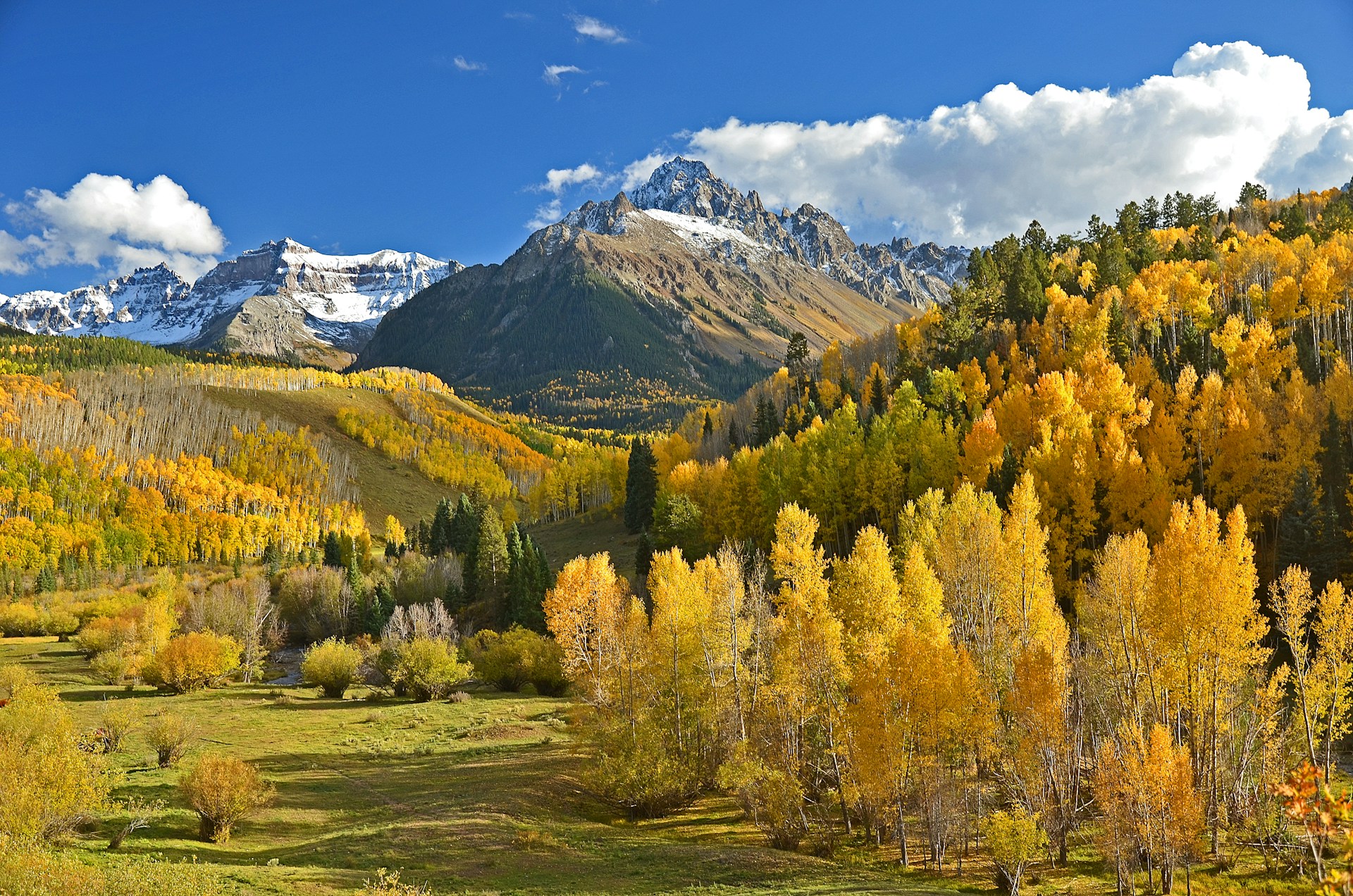
Colorado blends headwaters, plains farms, and high country towns that know how to ride out blizzards, fires, and road closures. Hydropower, natural gas, and growing renewables give multiple paths to keep critical systems alive. Many residents already maintain gear, filters, and cold weather clothing for mountain life. In a drawn out emergency, that mix of altitude strongholds, practical skills, and food producing valleys offers options beyond crowded lowland corridors.
Texas

Texas commands oil, gas, wind, solar, cattle, and grain at enormous scale, providing fuel and food when trade routes twist. Rural regions hold strong ranching cultures, drilling crews, and mechanical know how suited to off grid repair. Vulnerabilities in heat and grid stability are real, yet awareness after major storms has pushed more households and towns to add generators, wells, and microgrids. In any drawn out disruption, that deep capacity matters.
Maine
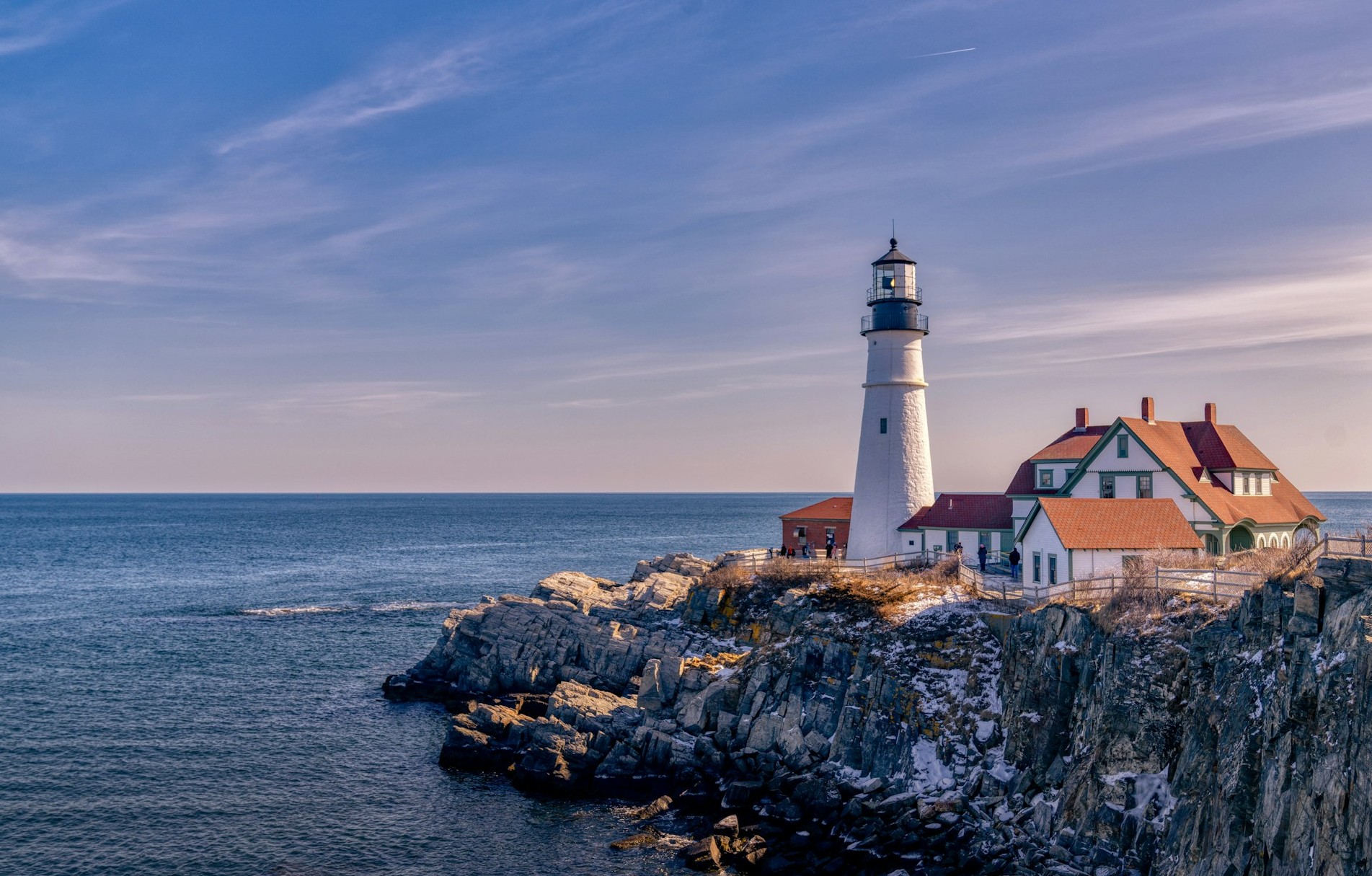
Maine’s forests, fisheries, and modest population create a quiet resilience rooted in wood heat, coastal work, and practical thrift. Cold Atlantic waters supply protein close to shore, while small farms and local markets support communities without heavy dependence on distant hubs. Rugged coasts and interior woods reward planning, radios, and neighborly help. When larger systems strain, that slow seasonal rhythm becomes a shield rather than a burden.
South Dakota
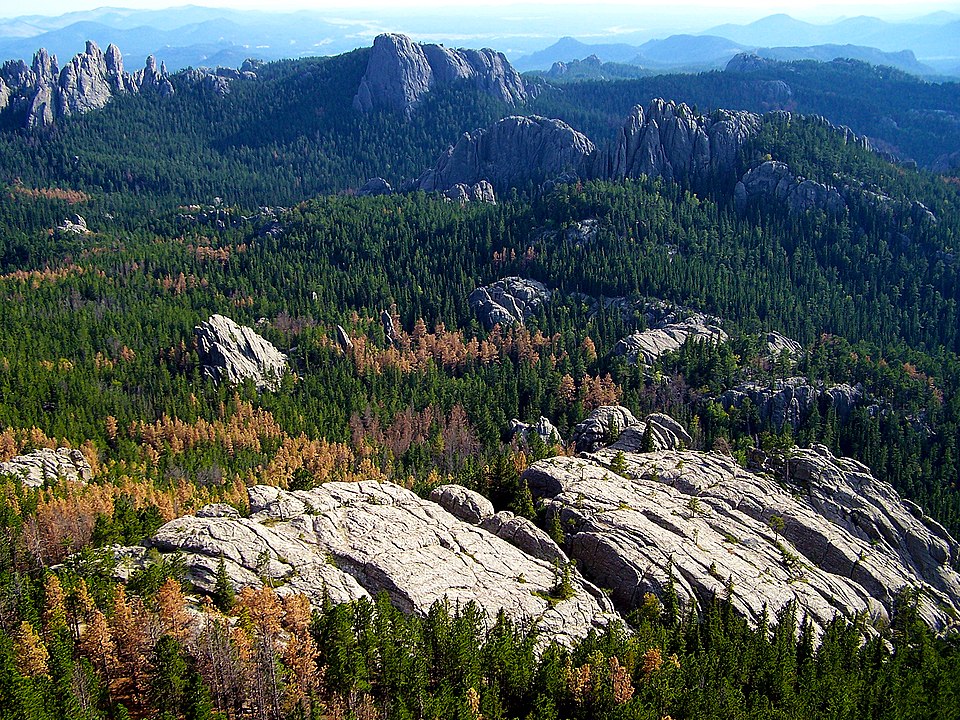
South Dakota anchors broad prairies, cattle herds, and grain fields capable of supporting far more people than currently live there. Low population density eases stress on supplies, while wind projects and local co ops strengthen power options. Residents already handle blizzards, long drives, and self maintained equipment as routine life. Those habits turn into clear advantages when freight slows and communities must rely on shared stores and skills.
North Dakota
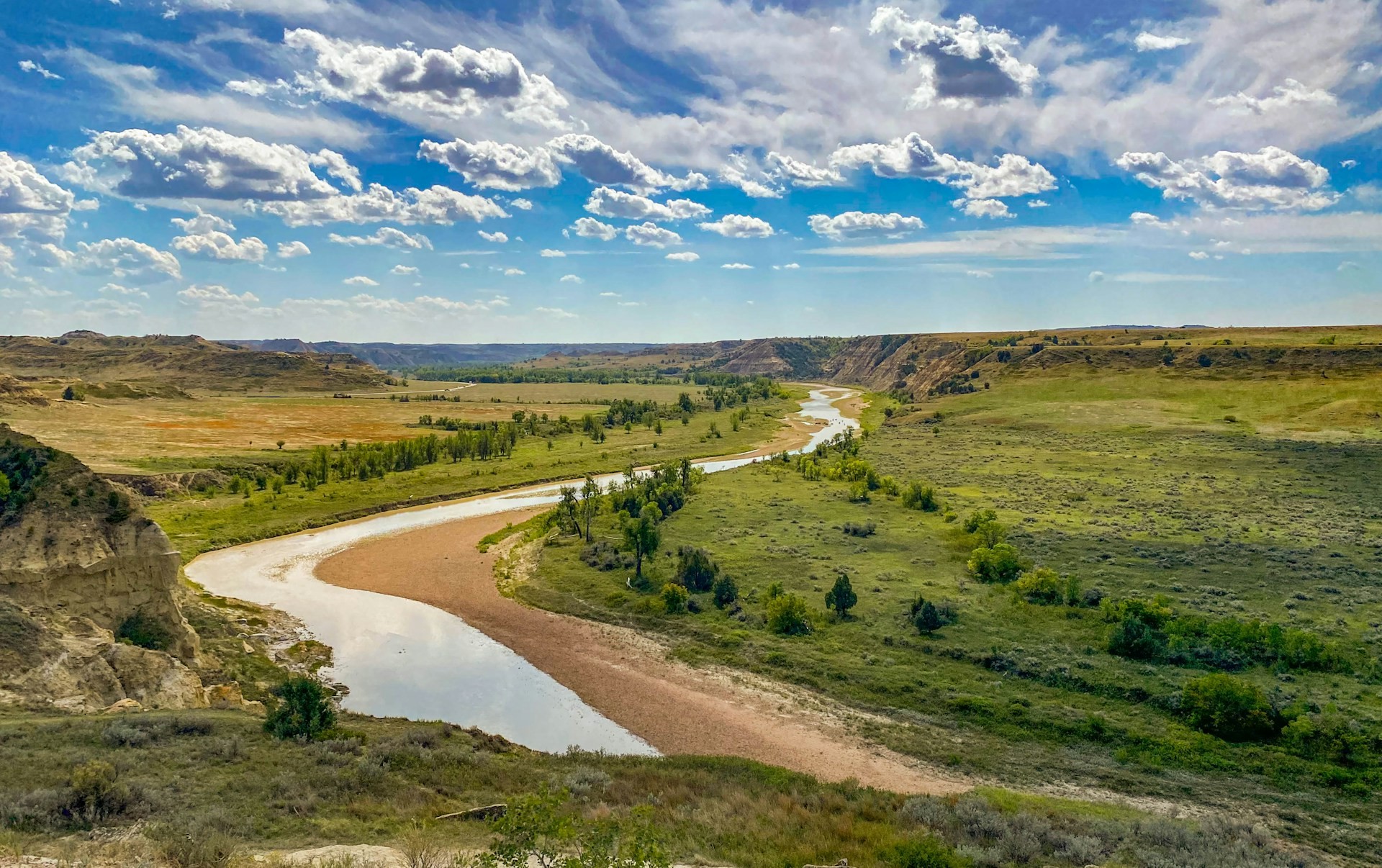
North Dakota combines oil fields, major grain output, and strong wind resources with extremely low population density. Life on the plains demands insulation, backup heat, and careful stocking long before any dramatic scenario. Towns and work camps practice coordinated logistics under harsh winter pressure. In extended disruption, that discipline, plus ample calories and energy, can stabilize communities that already know how to function far from steady outside support.
Iowa
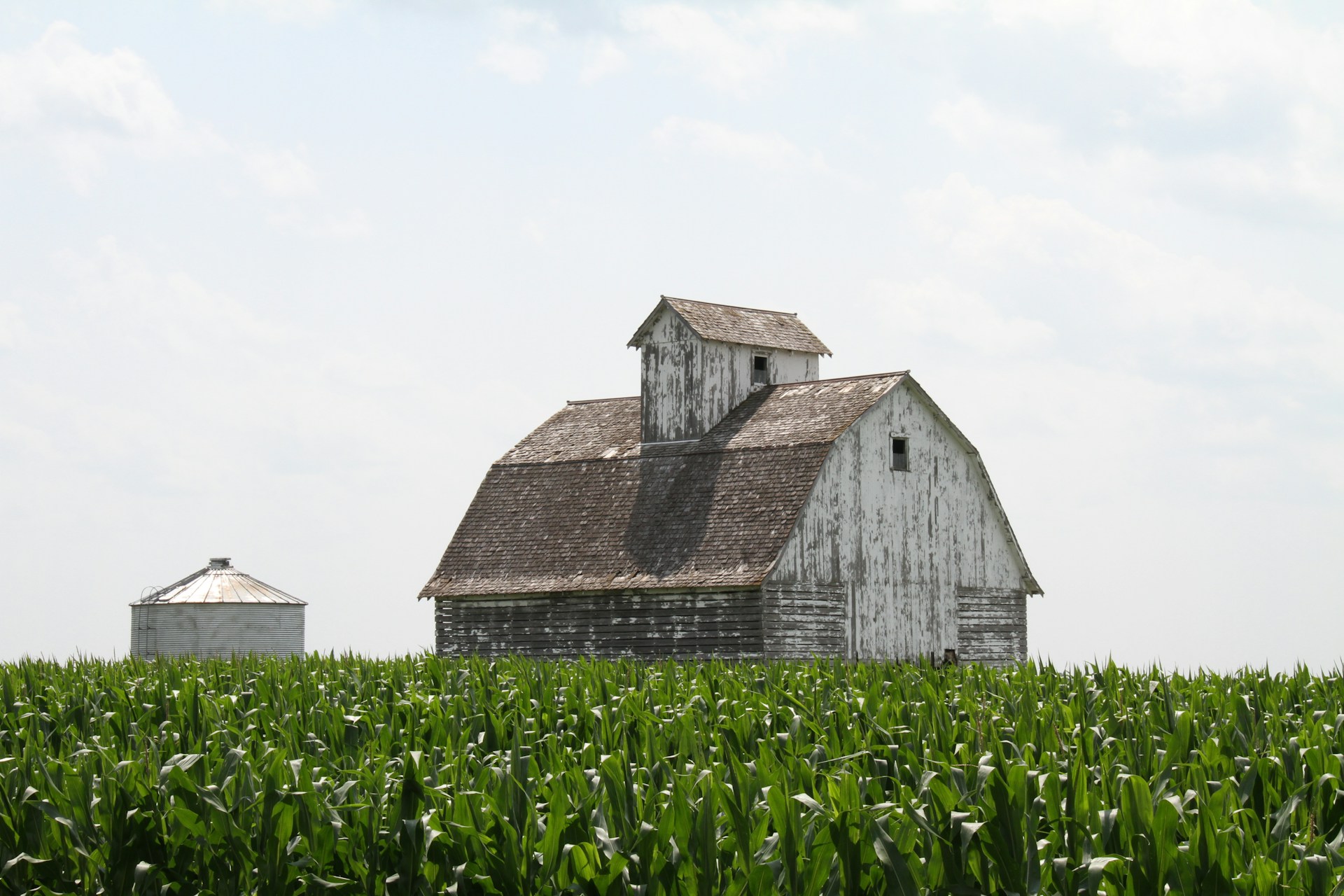
Iowa’s deep soils and dense grid of farms make it a central, if understated, food engine. Grain, hogs, eggs, and biofuel facilities sit close together, supported by rural repair shops, elevators, and co ops. Knowledge of planting, storage, and equipment maintenance is widely shared. If global links fracture, those skills, ponds, barns, and silos allow Iowa communities to keep feeding themselves and nearby regions with fewer fragile outside inputs.
Tennessee
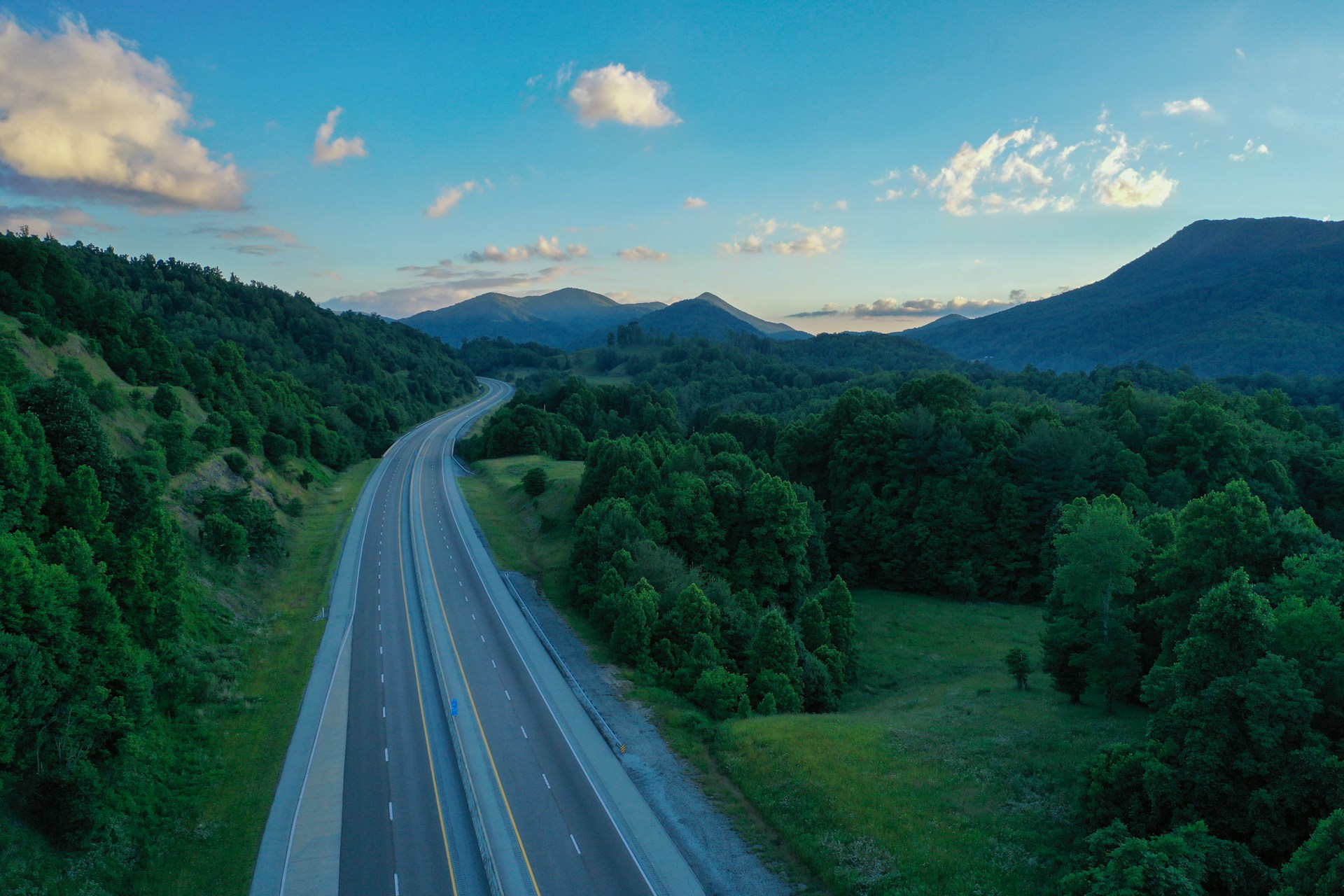
Tennessee offers a mild climate, long growing seasons, and major rivers that ease transport and irrigation without ocean exposure. Hill country supports hunting, timber, and gardens, while mid sized cities supply tools and medical centers within reach. Church networks and music rich local culture often step in fast during storms and floods. In deeper crises, those habits of gathering, sharing, and repairing become structural strengths, not sentiment.
Vermont
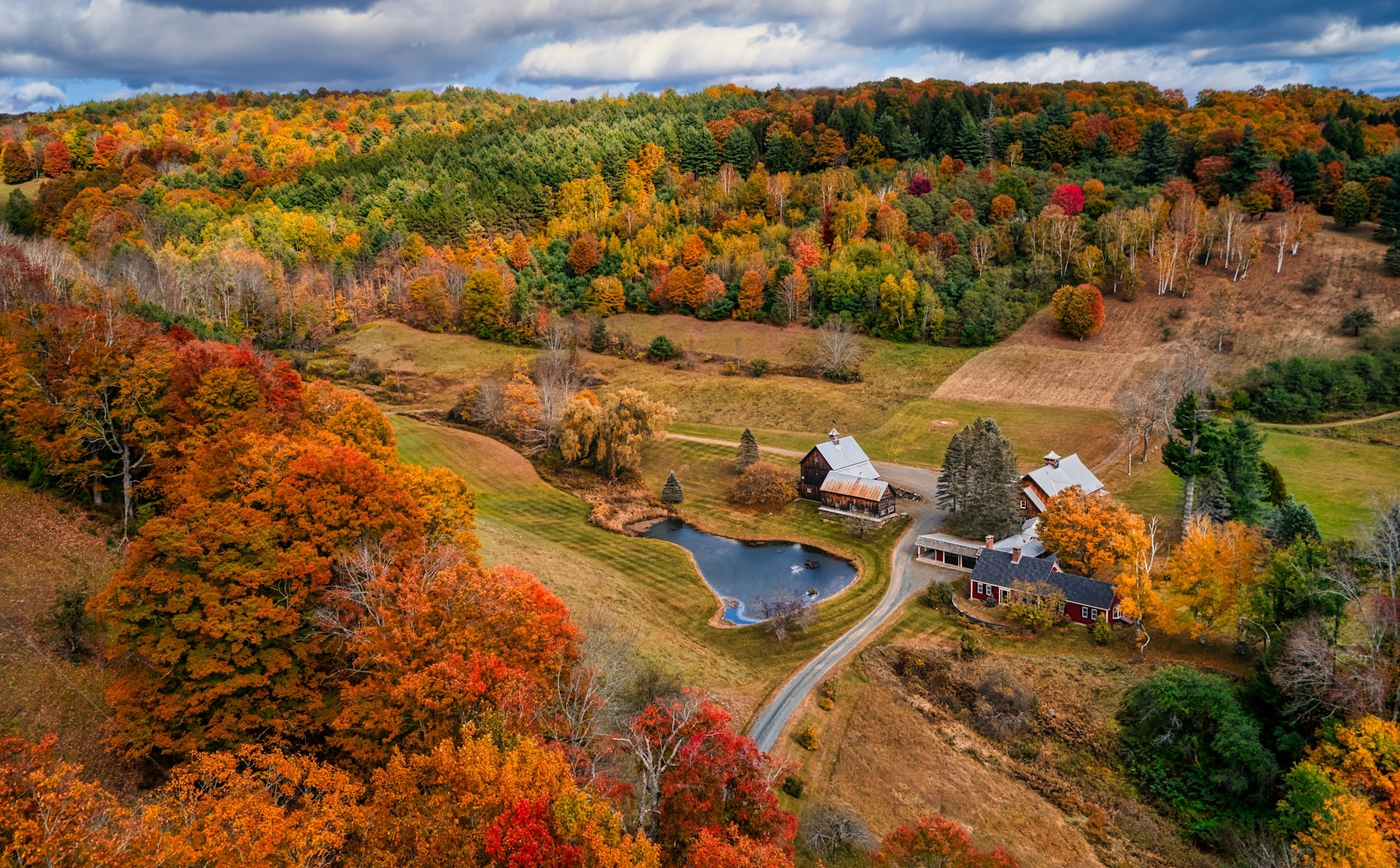
Vermont leans on small farms, forests, and compact towns where buying local, heating with wood, and showing up at town meeting still feel ordinary. Residents are used to snow, washed out roads, and volunteer brigades filling gaps. Short supply loops and strong civic engagement reduce dependence on distant decision makers. When stress mounts, that blend of local food, shared labor, neighborhood trust, and steady participation supports both survival and dignity.
